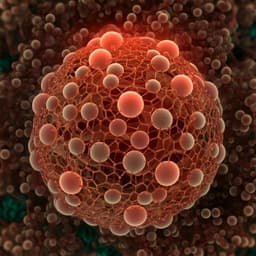
Biology
Toward Compositional Contrast by Cryo-STEM
M. Elbaum, S. Seifer, et al.
Discover how the innovative integration of scanning transmission electron microscopy is revolutionizing cryo-electron microscopy and tomography for biological specimens. Join researchers Michael Elbaum, Shahar Seifer, Lothar Houben, Sharon G. Wolf, and Peter Rez as they delve into advanced STEM techniques that enhance compositional analysis for thick biological samples.
Playback language: English
Related Publications
Explore these studies to deepen your understanding of the subject.







